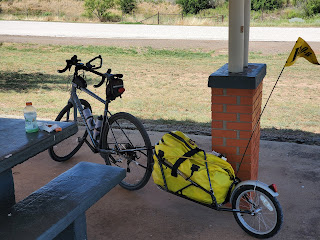Why I Gave Up Diet Soda—and How It Improved My Cycling Performance

Why I Gave Up Diet Soda—and How It Improved My Cycling Performance For years, diet soda was my go-to drink. It was convenient, calorie-free, and I told myself it was helping me stay lean while keeping my thirst in check. I drank it regularly—often during the day, sometimes even during or after a ride. But about two months ago , I decided to give it up. I wasn’t expecting miracles—I just wanted to cut back on artificial sweeteners. What I didn’t expect was how quickly I noticed a boost in my cycling performance and overall energy. Let me explain. 🚱 The Hydration Myth One of the first things I realized after quitting diet soda is how much better I felt on longer rides. That’s no coincidence. While diet soda may seem hydrating, especially when cold and fizzy, it often contains caffeine , which acts as a diuretic . This means it can actually increase fluid loss, not reduce it. And unlike water or electrolyte drinks, it doesn’t replenish the sodium, potassium, or magnesium you lose ...
.png)

